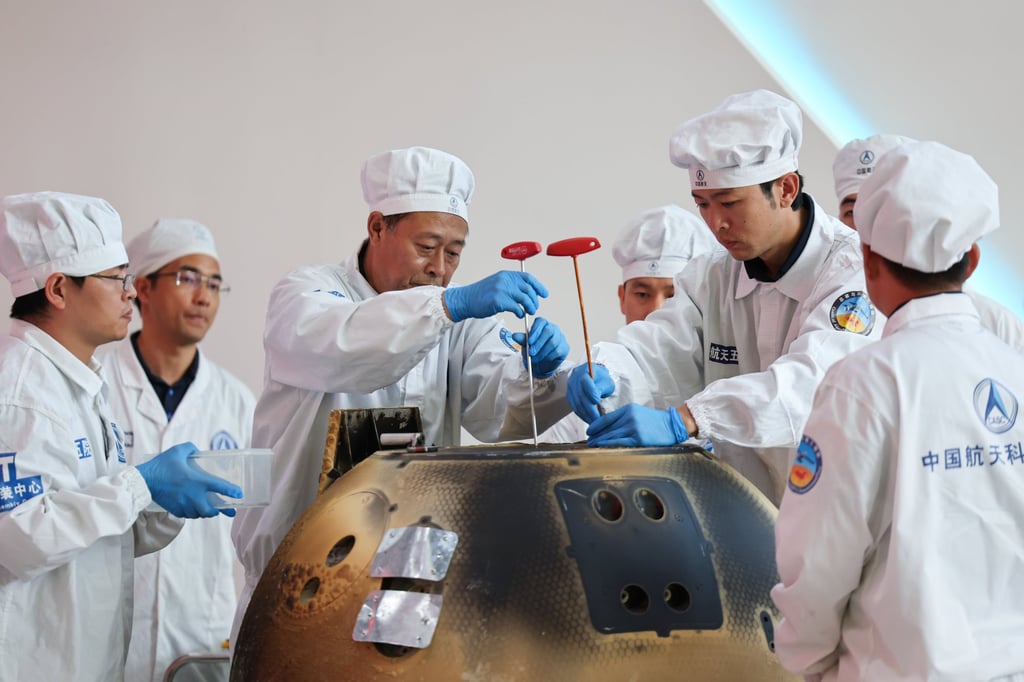Scientists in China and Britain have found that the far side of the moon is not only visually different from the near side, but it may also be colder.
Advertisement
The team made the discovery after analysing the first-ever rock samples returned to Earth from the moon’s far side, retrieved during China’s Chang’e-6 mission last year.
By comparing the samples with those taken from the near side, they revealed a thermal asymmetry between the two sides of the moon, with the minerals from the far side appearing to have formed in interior lava temperatures of about 100 degrees Celsius (212 degrees Fahrenheit) lower than that of the near side.
“The stark contrast between the moon’s near side and far side in topography, volcanic activity and crustal structure provides critical insights into lunar formation and evolution,” the team said in a paper published in the peer-reviewed journal Nature Geoscience on September 30.

“However, the absence of far side samples has long limited the investigations into the mechanisms driving this hemispherical asymmetry,” said the team led by researchers from University College London (UCL), Peking University and China National Nuclear Corporation.
Advertisement

